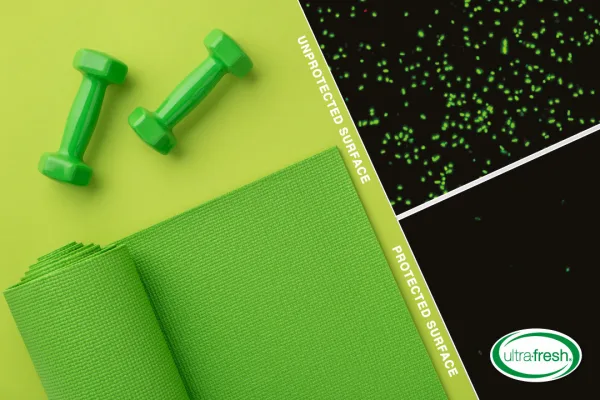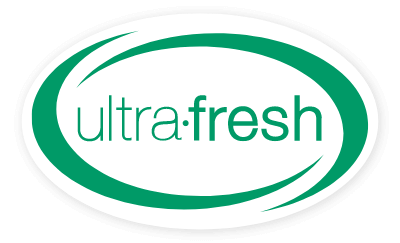Foam is everywhere in the fitness world. From yoga blocks and rollers to gym mats and rehab pads, its lightweight comfort and resilience make it a staple material. Despite this, foam is naturally porous, meaning it absorbs sweat, moisture, and body oils during every workout or therapy session.
Over time, that moisture doesn’t just disappear. It seeps into the material, creating a perfect environment for stains, unpleasant odors, and the growth of microbes. Even with regular cleaning, foam can quickly lose its freshness, leading to shortened product life and product-cleanliness concerns.
The cleanliness challenge in active environments
In high-traffic gyms, sports centres, and rehab facilities, equipment is used by multiple people throughout the day, often without a clean between each session. Sweat, skin contact, and accidental spills mean microbial build-up happens fast. And while surface disinfectants can help, they only provide temporary relief; the moment a mat or roller is used again, microbes can quickly begin to multiply.
The Built-in solution: Antimicrobial technology
The solution lies not in more cleaning, but in smarter material design. By integrating antimicrobial technology directly into the foam during manufacture, manufacturers can give foam products an invisible layer of defense that works continuously to inhibit the growth of bacteria, mold, and mildew.
Built-in antimicrobial protection becomes a permanent feature of the foam—active 24/7, for the life of the product. This helps equipment stay cleaner and fresher for longer between cleans, extending product usability and supporting cleaner gym equipment.

If you manufacture foam-based gym or rehab equipment, we can help you design products that keep up with the user and resist microbial growth from within. Contact us today to start building cleaner, longer-lasting foam solutions.
